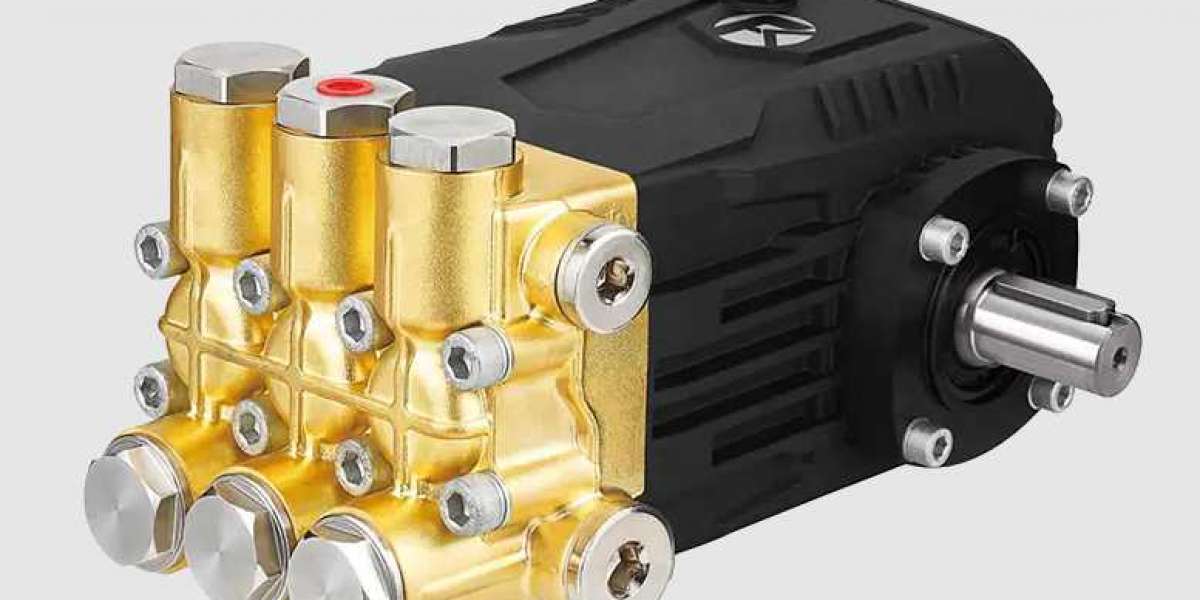High pressure pumps are essential equipment in numerous industries, tasked with moving fluids at elevated pressures to meet demanding process requirements. However, the type of medium being transported significantly influences how a high pressure pump must be selected, operated, and maintained. Different fluids present unique challenges related to viscosity, corrosiveness, temperature, and particulate content, all of which impact pump performance and longevity.
When handling low-viscosity fluids such as water or light oils, high pressure pumps generally operate under standard conditions with minimal resistance to flow. These fluids allow the pump to achieve its designed efficiency and pressure ratings with fewer complications. Pumps used for such media often focus on maximizing flow rate and pressure while minimizing energy consumption. However, even with these straightforward fluids, considerations like temperature and potential for cavitation must still be addressed.
Conversely, transporting high-viscosity fluids such as heavy oils, slurries, or syrups introduces additional challenges. The thicker nature of these fluids increases resistance within the pump, requiring more power to maintain the desired pressure and flow. Pumps designed for viscous media often incorporate specialized impellers or gear designs to handle the increased load and prevent overheating or mechanical stress. Additionally, seals and bearings must be robust enough to withstand the increased friction and wear caused by these thicker fluids.
Corrosive or chemically aggressive fluids, such as acids or solvents, necessitate the use of pumps constructed from corrosion-resistant materials like stainless steel, Hastelloy, or specialized coatings. The chemical compatibility of seals and gaskets becomes critical, as exposure to harsh chemicals can degrade conventional materials quickly, leading to leaks and equipment failure. In such cases, magnetic drive pumps or seal-less designs may be preferred to eliminate leakage risks and improve safety.
Another factor influencing pump selection for different fluids is particulate content. Fluids containing suspended solids or abrasive particles, like slurries or wastewater, demand pumps designed to resist erosion and clogging. High pressure pumps for these media typically feature hardened components and clearances optimized to handle abrasive wear while maintaining performance. Regular maintenance schedules are crucial to inspect and replace worn parts to avoid unexpected downtime.
Temperature variation in the transported medium also affects pump operation. High-temperature fluids require pumps with components and seals rated for thermal stability. Thermal expansion and lubricant degradation are concerns that must be addressed to maintain sealing integrity and mechanical function. Similarly, low-temperature fluids may necessitate special considerations to prevent freezing or increased viscosity.
In summary, the differences in fluid properties such as viscosity, corrosiveness, particulate content, and temperature significantly influence how a high pressure pump is chosen and operated. Understanding these variables ensures that the pump delivers reliable, efficient performance tailored to the specific media being transported. Proper material selection, design adaptations, and maintenance are key to achieving optimal results across diverse applications.
High Pressure Pump Product Description:
FKE-F04.1450rpm C Version Ø24mm








